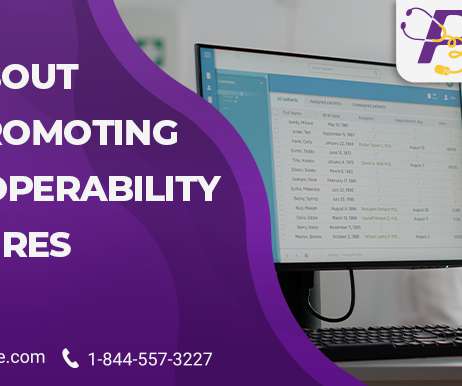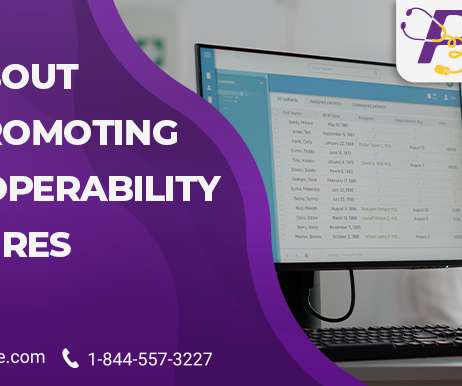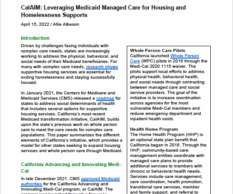MIPS 2021: All About the Promoting Interoperability Measures
p3care
DECEMBER 6, 2021
Improvements Activities (IA). Moreover, the rules and regulations regarding each category change or get updated each year as well. For this measure, the MIPS eligible clinician needs to submit syndromic surveillance information with a public healthcare agency, preferably from an urgent care setting.












Let's personalize your content